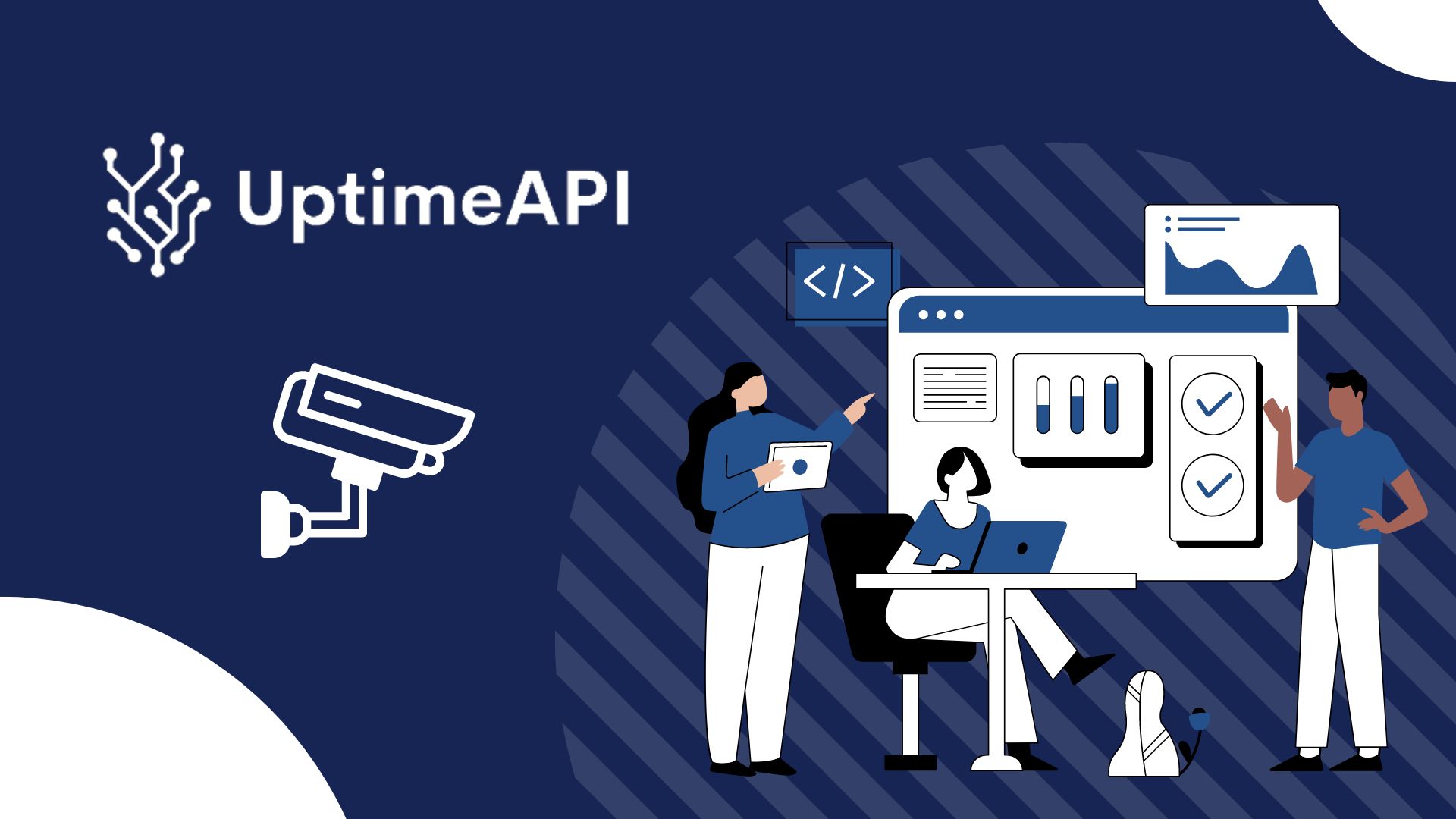REST API Monitoring Tool To Prevent Downtime

Many contemporary digital apps and services are built on representational state transfer application programming interfaces, or REST APIs. They are vital components of modern application designs because of their capacity to enable seamless communication across numerous software platforms. Understanding the critical function a REST API Monitoring Tool plays in modern systems is crucial to ensuring optimal performance and dependability.
Understanding the Critical Role of a REST API Monitoring Tool in Modern Applications
These APIs facilitate the interaction between client and server in a stateless, scalable manner. They are widely used due to their simplicity, flexibility, and compatibility with various data formats such as JSON and XML. Whether it’s for web services, mobile applications, or IoT devices, a REST API Monitoring Tool is essential for enabling functionalities like data retrieval, updates, and deletion.
One cannot stress the significance of API performance. Applications operate more efficiently when the API is working properly, giving users a seamless experience. On the other hand, any glitches in API speed can cause serious problems that affect an application's usability and usefulness.
The Consequences of Downtime: Financial and Reputational Impacts
An API's downtime can have detrimental effects. Financially speaking, downtime can mean lost revenue, especially for businesses whose transactions or services rely on APIs. For instance, an e-commerce platform that has API downtime may suffer from disgruntled customers, lost income, and order processing issues.
The damage that API outages do to a person's reputation is just as detrimental. Current user expectations include availability and high performance. Frequent or prolonged outages can harm a company's reputation, which can lead to a decline in sales and bad press. Additionally, API outages may cause business operations to be disrupted, resulting in delays and inefficiencies that may harm a company's reputation in the industry.
Businesses must use trustworthy API monitoring tools to lower the risks associated with API outages. These technologies provide proactive maintenance by continuously monitoring the functioning and state of APIs. API monitoring tools can spot issues before they get out of hand, minimizing disturbance and maintaining service integrity.
Tracking various data, such as error monitoring, uptime statistics, and response time, is part of API monitoring. By analyzing this data, businesses can gain additional insight into the capabilities of their APIs and proactively address potential issues. This proactive approach ensures higher API availability along with better user experience.
Uptime API
With Uptime API, you can monitor your APIs. It works by regularly confirming that your APIs are up and running and performing as expected. Setting up monitors is easy. To set up monitors, you need the target API endpoint URL and the ability to change the watch's timeout and interval parameters. While timeouts indicate how long an API will wait for a response, monitoring intervals show how frequently an API will perform health checks. You may customize monitoring to your needs and preferences with these settings.
Right from your API dashboard, you can set up alerts and decide which contacts should receive notifications. You can then inform your team in this manner. You can select the package that best suits your monitoring requirements because of its numerous adjustable settings and monitor limits. Additionally, it offers historical data and analytics so you can monitor how API availability and performance have changed over time. Obtain access to your logs so you may investigate any API problems.
Analyze past performance patterns and base your choices on the truth. To reduce disruptions, alerts can be customized to your needs. tracking APIs instantly with fast data. You can select between webhooks, SMS, or email notifications, depending on which alert delivery mode best suits your needs.
